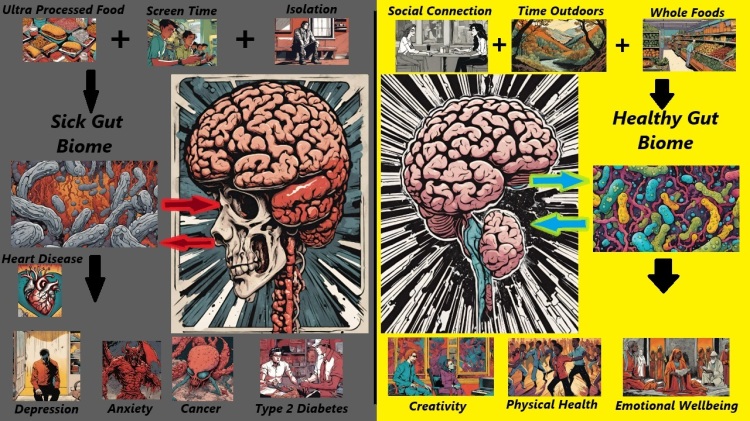-
Search The Sexy Universe
-
If you like the content, here's how you can support my work:
Subscribe to my YouTube channel.
Follow this blog, along with Instagram and TikTok.
Like and share my posts, and please share your thoughts in the comments.
Money donations can be sent through my cashapp: $Camwadam. -
All posts on The Sexy Universe are my intellectual property and may not be copyrighted by any other person. The show notes are free to use and distribute for any legal purpose *with attribution* under Creative Commons License 4.0.
-
Subscribe
Subscribed
Already have a WordPress.com account? Log in now.
